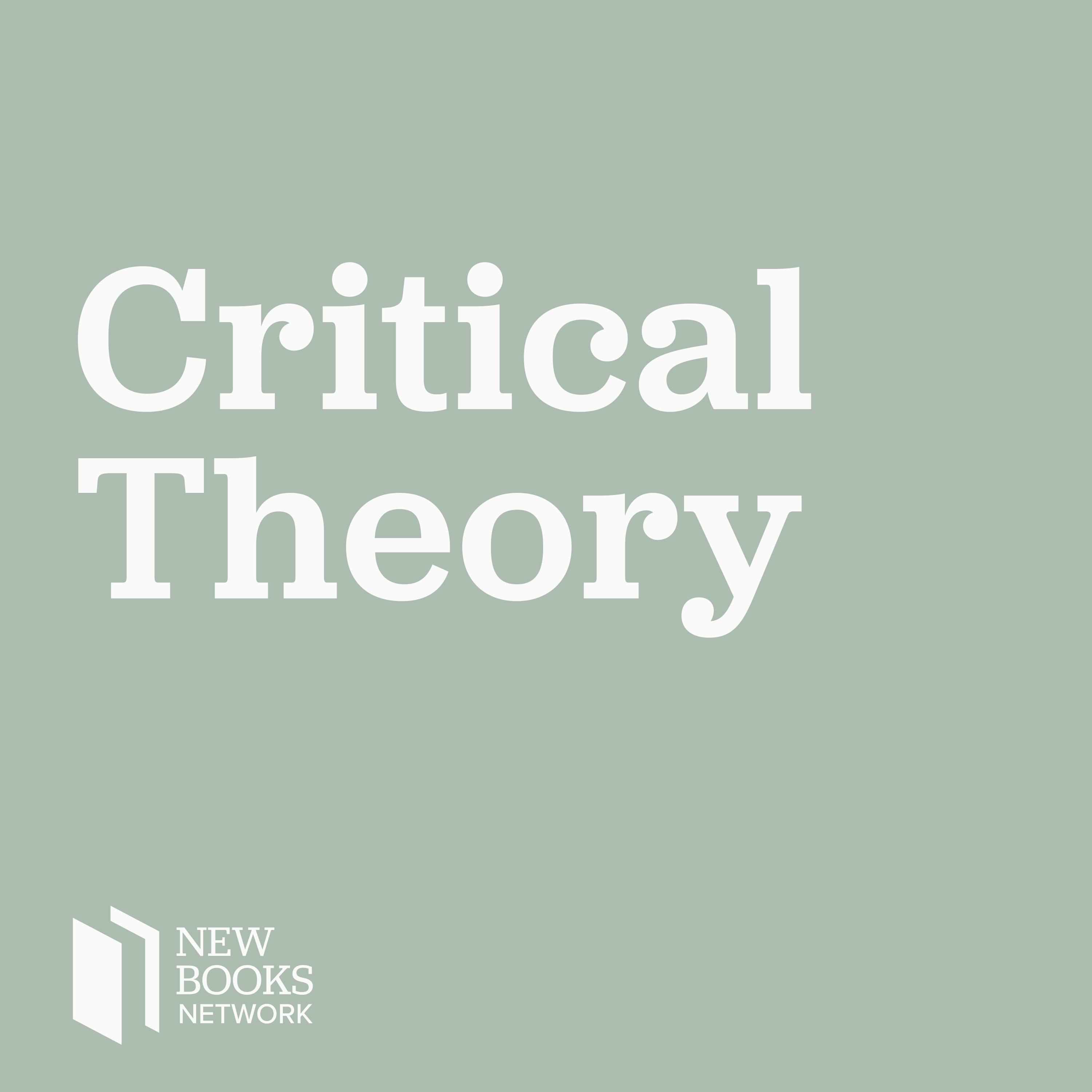
Matthew Chin, "Fractal Repair: Queer Histories of Modern Jamaica" (Duke UP, 2024)

New Books in Critical Theory
Deep Dive
Why did Matthew Chin choose to focus on queerness in Jamaica for his book 'Fractal Repair'?
Chin wanted to challenge the global narrative of Jamaica as extremely homophobic and explore the complexities of queerness in Jamaica, both historically and in the present. He aimed to write a reparative history that didn't start with homophobia as the default, but instead sought to understand the shifting patterns of queerness in terms of race, gender, and geography.
What is the concept of 'queer fractals' and why is it significant for understanding Caribbean history?
Queer fractals refer to a method of history-making that uses fractal geometry to understand patterns of queerness in the Caribbean. Fractals are geometric patterns that repeat with differences, allowing for a non-linear approach to history. This method is significant because it aligns with Caribbean temporalities, emphasizing small instances of difference within repeating patterns, which can reveal moments of repair and queerness.
How does Matthew Chin approach the archival research for his book on queerness in Jamaica?
Chin conducted extensive archival research, combing through newspapers, social science studies, legal documents, and oral histories. He also worked with organizations like J-Flag (now Equality, J-A) and explored materials from the HIV/AIDS epidemic, the National Dance Theatre Company, and the gay freedom movement. His approach involved looking for moments of queerness in various historical contexts, even when the archives were structured to obscure them.
What are some key historical moments of queerness in Jamaica that Matthew Chin highlights in his book?
Chin traces queerness from the arrival of Columbus in 1494, through the period of enslavement and the plantation system, to emancipation and the 20th century. He highlights moments like the Spanish conquest, where indigenous people were marked as gender and sexual others, the British plantation system, which transformed gender norms, and the post-emancipation period, where gender and sexuality were used to control formerly enslaved people.
How does the HIV/AIDS epidemic in Jamaica become a moment of visibility for same-gender desire?
The HIV/AIDS epidemic in Jamaica marked a moment where same-gender desire became an explicit object of knowledge. Frontline healthcare workers played a crucial role in producing this knowledge, but the epidemic also highlighted the ways in which race, class, and gender shaped who was visible in the archive. Poor and working-class Black men were particularly targeted by public health efforts, making their experiences central to the narrative of HIV/AIDS in Jamaica.
What role did the Jamaican National Dance Theatre Company (NDTC) play in the cultural and political nationalism of Jamaica?
The NDTC, established in 1962, was part of Jamaica's effort to develop a national cultural identity distinct from European influences. The company's performances, which often included queer elements, allowed for a rethinking of gender and sexuality in the context of cultural nationalism. The NDTC's works, such as 'Dialogue for Three,' highlighted the fluidity of relationships and the importance of Black bodies in shaping national identity.
How did the gay freedom movement in Jamaica relate to the broader political movements of the 1970s?
The gay freedom movement (GFM) in Jamaica emerged in the 1970s alongside other radical movements like Black Power and feminism. The GFM positioned itself as part of the nation-building efforts, critiquing the major political parties for their use of anti-gay slurs while advocating for the inclusion of queer people in Jamaican society. The movement also had international connections, linking Jamaican queer activism to global gay liberation efforts.
What does the concept of 'queer fractals' suggest about the future of queerness in Jamaica?
Queer fractals suggest that the future of queerness in Jamaica will be shaped by repeating patterns with small differences. It emphasizes the importance of holding onto moments of queerness that occur within these patterns, even as the exact shape of the future remains uncertain. The method allows for a hopeful outlook, focusing on the possibilities for repair and change within the repeating cycles of history.
What is Matthew Chin's next project after 'Fractal Repair'?
Chin's next project explores the relationship between Asia and the Caribbean as geographies and methods of study. He is interested in how Asia, which was central to the Caribbean's colonial history, has been largely absent from contemporary Caribbean studies. This project seeks to understand what an 'Asian Caribbean' might look like and how the Caribbean and Asia can be thought of together in terms of race and geography.
- Personal experience of bullying in Jamaica for being 'soft' and a 'batty man'.
- Resentment towards the simplistic narrative of Jamaica's extreme homophobia.
- Shift from social work and anthropology to Caribbean queer studies.
- Desire to write a reparative history of queerness in Jamaica.
Shownotes Transcript
In Fractal Repair: Queer Histories of Modern Jamaica)* *(Duke UP, 2024), Matthew Chin investigates queerness in Jamaica from early colonial occupation to the present, critically responding to the island’s global reputation for extreme homophobia and anti-queer violence. Chin advances a theory and method of queer fractals to bring together genealogies of queer and Caribbean formation. Fractals—a kind of geometry in which patterns repeat but never exactly in the same way—make visible shifting accounts of Caribbean queerness in terms of race, gender, and sexual alterity.
Drawing on this fractal orientation, Chin assembles and analyzes multigenre archives, ranging from mid-twentieth-century social science studies of the Caribbean to Jamaica’s National Dance Theatre Company to HIV/AIDS organizations, to write reparative histories of queerness. Chin’s proposal of a fractal politics of repair invests in the horizon of difference that repetition materializes, and it extends reparations discourses intent on overcoming the past and calculating economic compensation for survivors of violence.
Learn more about your ad choices. Visit megaphone.fm/adchoices)
Support our show by becoming a premium member! https://newbooksnetwork.supportingcast.fm/critical-theory)